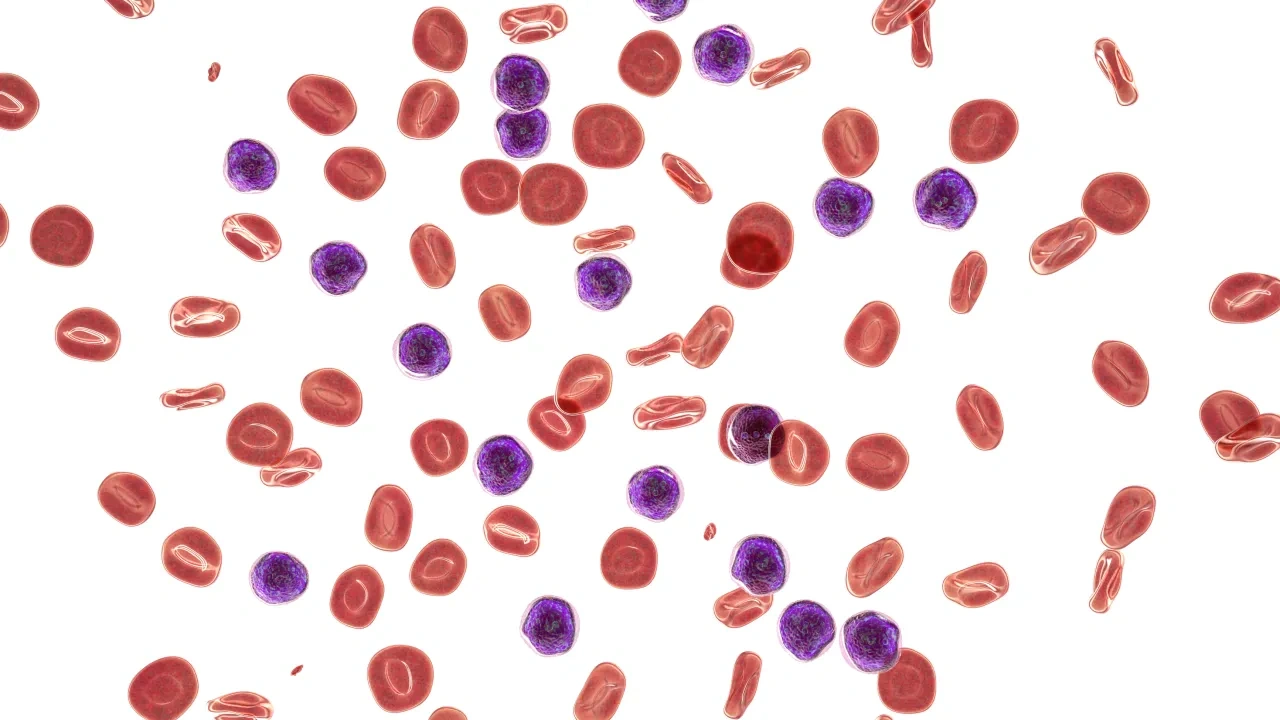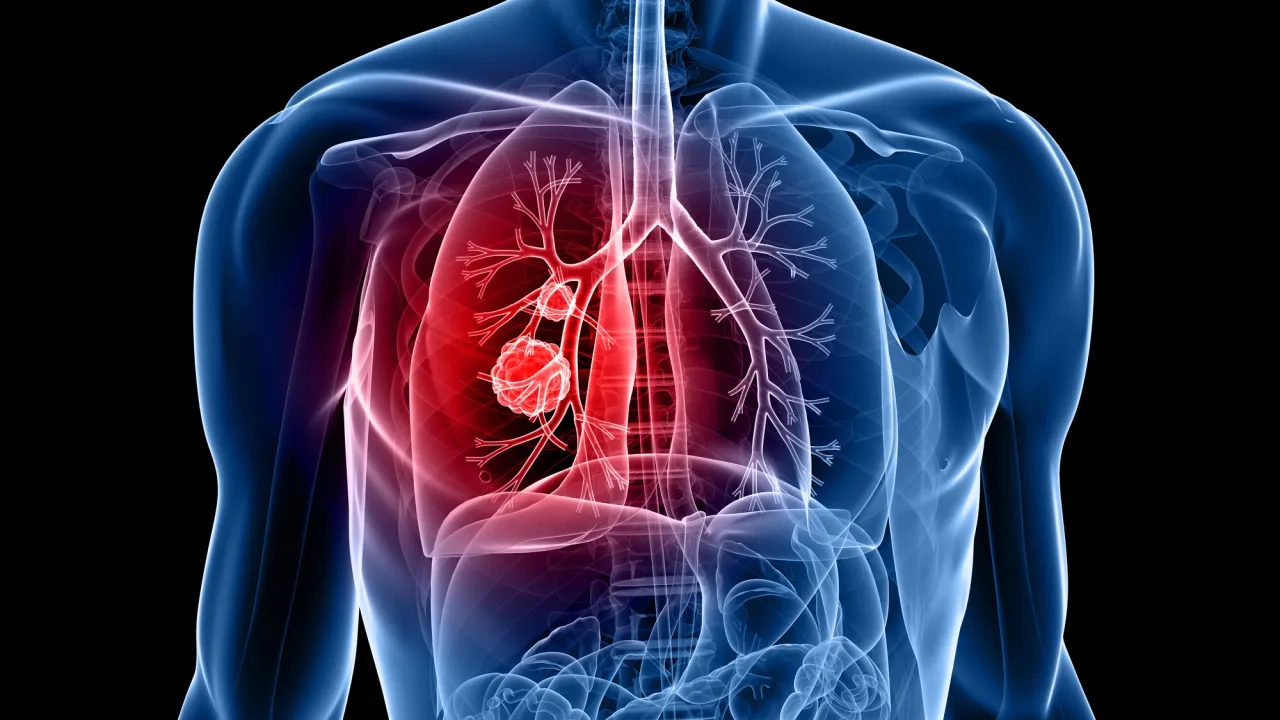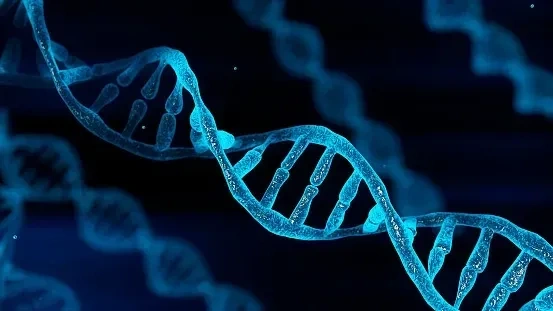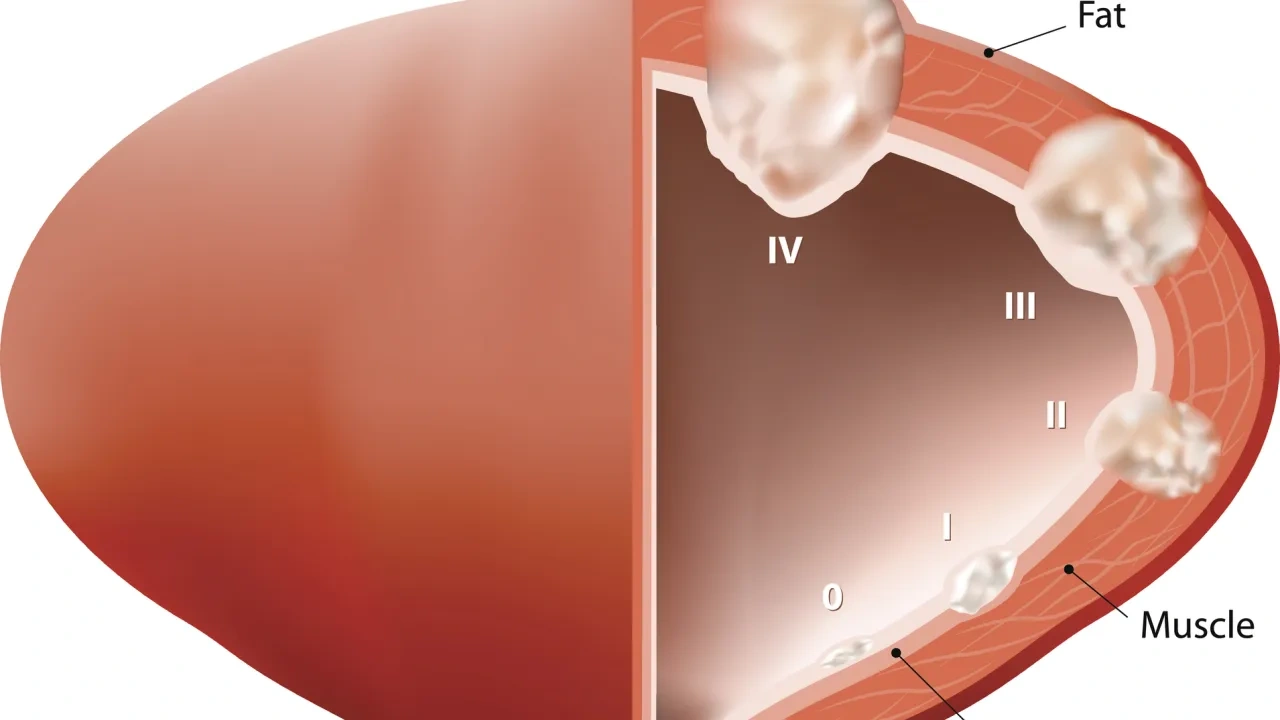Qlucore Insights Models (RuO)
We work with scientific experts to develop disease specific tests (models) for subtype determination. Machine learning (AI) based classifiers are combined with user-friendly visualizations. The models also support gene fusion detection and analysis. Currently four tests are available and more are being developed.
- Acute lymphoblastic leukemia (BCP-ALL)
- Lung cancer with identification of metastatic origin
- Acute myeloid leukemia (AML)
- Urothelial carcinoma - bladder cancer
Read more about Qlucore as part of the EIC Accelerator precision oncology portfolio in Nature Biotechnology.
The Qlucore Insights Models are for research use only (RuO). Development of tests (models) for Qlucore Diagnostics is ongoing. A test for BCP-ALL is available and certified under IVDR.
BCP-ALL (RuO)
The test is based on gene expression-based subtype classification in combination with comprehensive gene fusion analysis. With the inclusion of the DUX4-rearranged and ETV6::RUNX1-like subtypes, up to 7% more children are covered compared to standard methods. Supported subtypes:
1. High hyperdiploidy
2. ETV6::RUNX1 + ETV6::RUNX1-like
3. KMT2A(MLL)-rearranged (MLL)
4. TCF3::PBX1
5. BCR::ABL1 + BCR::ABL1-like
6. DUX4-rearranged
More information regarding BCP-ALL

Lung cancer with detection of metastasis origin (RuO)
The lung cancer test provides a comprehensive overview of the lesion that is being analyzed. The sample tested is assigned to one of 18 subgroups based on the machine learning classifier. The subgroups include the major primary lung cancer subtypes, twelve subgroups for metastatic cancer such as breast, colorectal, or kidney cell cancer and two subtypes for infections/inflammatory conditions, i.e. sarcoidosis and TBC.
Gene fusion detection and analysis using up to three different gene fusion callers.
Sample: FFPE
More information regarding Lung Cancer.

AML (RuO)
This model is under development and further improvements are expected. The first generation detects the following subtypes:
- CBFB::MYH11
- NPM1
- PML:RARA
- RUNX1::RUNX1T1
Sample type: Fresh frozen

Urothelial carcinoma - bladder cancer (RuO)
Gene expression-based subtyping into five molecular subtypes:
- Basal/SCC-like (Ba/Sq)
- Genomically Unstable (GU)
- Mesenchymal-like (Mes-like)
- Small-Cell/Neuroendocrine-like (Sc/NE-like)
- Urothelial-like (Uro)
Benefits based on correct molecular subtype classification:
For grade T1 tumors (NMIBC): Identification of basal/squamous-like subtype (Ba/Sq-like) and genomically unstable subtype (GU) can provide additional information of a sample regarding risk.
For grade T2-T4 tumors (MIBC): Ba/Sq-like tumors respond less frequently to neoadjuvant chemotherapy.
Gene fusion detection and analysis using up to three different gene fusion callers is supported and reporting includes the FGFR3 gene fusion.
Metastatic disease: Prediction of response on PD1 & PDL1 inhibitors. More frequently response in the GU and Ba/Sq subtypes.
